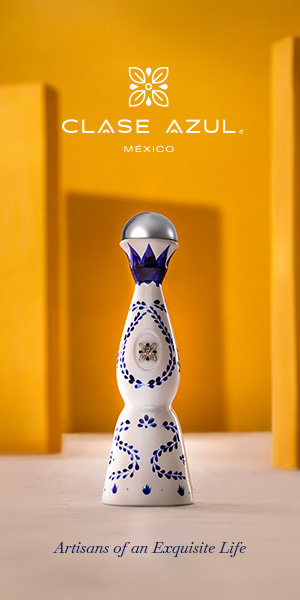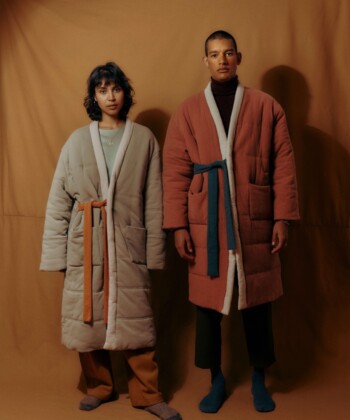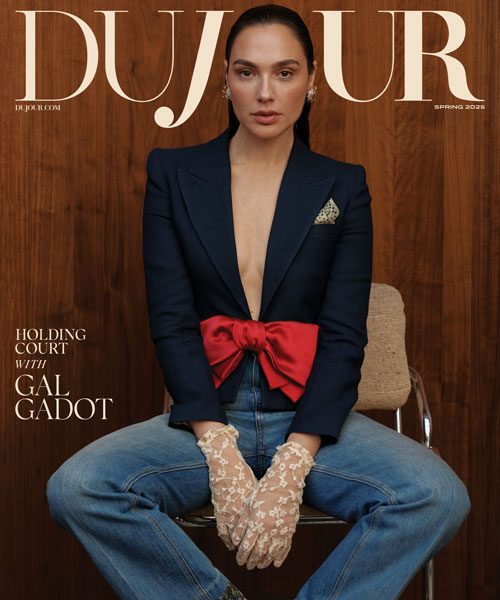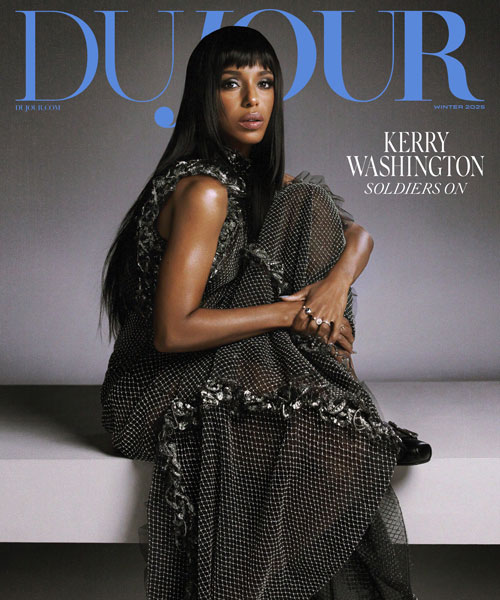In 2006 Wired writer Jeff Howe coined the term “crowdsourcing.” Three years later Kickstarter launched, and since then, $1 billion in crowd funding from 5.7 million people helped start up creative projects. Yet of all the campaigns on Kickstarter, fashion, interestingly enough, is the least successful type—only about 29% of fashion campaigns meet their goals.
Our culture craves originality, and there is hardly a more common form of self-expression than what we choose to wear. When it comes to crowdsourcing style and fashion, the irony is that, sometimes, you have to actually be part of a crowd to champion individualism. Want to own something unique? Many other people do, too.
Perhaps that’s why the recently launched fashion site Crowdemand seems like a more distinctive crowdsourced venture than many others that attempt to sell “democratized” fashion on a large scale. To get featured designs into production, Crowdemand doesn’t actually require that much of a crowd (despite its name)—more like an exclusive cocktail party at the Soho House.
The platform offers up small collections of limited-edition pieces by up-and-coming and established designers over the course of two-week campaigns. The prices and number of demands needed to push the various pieces into production vary, but each backer supports their favorite pieces by putting down 50% of the garment’s total cost.
For example, the current Meskita campaign features a $1,950 evening gown that requires as few as four backers, and a $320 top that needs as many as twenty-four. Pricey, but if a design does meet its minimum number of backers, the people who requested the piece during the two week campaign will be the only people to own the design. As the site’s co-founder Liat Cohen said, “We feel strongly that if you’re already spending 400 or 500 dollars on a piece, why not make it a piece that is truly unique—and that you’re part of creating?”

The founders of Crowdemand: Liat Cohen (middle) with Yaniv Reeis and Marat Stary
Exclusivity seems to be the biggest selling point for Crowdemand’s consumer base, but for the designers, the platform can be a useful tool for gauging reception to a design before risking any wasted material and productions costs if a style doesn’t sell—and this is huge in a time when retailers are liquidating more designer fashion than ever.
Cohen says, “We always say to designers that Crowdemand is sort of a like a safe space to play to test the market—do you want to try a new price point, or try a new category, or these new pieces that might have been overlooked but you really believe in? So the new demands kind of have multiple purposes.”
Meskita’s Sales and Marketing Director Beva Braakensiek mirrored the sentiment. “We worked together on choosing those pieces; we wanted to have different price points, different styles and key pieces that represented entry price points, and also we’ve got a dress on there that’s kind of at the higher end of our collection as well.”
And Cynthia Rowley, the designer Crowdemand debuted with, adds, “We’re enthusiastic in any way that we can create a conversation with our CR girl. We believe in a direct online only commerce model. [Crowdemand] is definitely a way where we can own the space for a few weeks and have access to our customer’s feedback before the clothing hits the selling floor.”

So the rationale is solid. And while it’s fair to admit that Crowdemand is less than a month old and has only launched three campaigns, it may be worth noting that none of the designs by Cynthia Rowley, Whit or Meskita have yet been voted into production. Nearly all of Cynthia Rowley’s pieces hit at least the halfway mark in terms of demands, but the site may currently be doing more to let designers know what won’t sell than what will. The most successful fashion Kickstarters of all time are “The 10-year Hoodie” by Flint and Tinder, which promises consumers a sweatshirt that is guaranteed to last 10 years (or can be returned for repair), and Gustin, a San Francisco start-up that offers men’s designer jeans that were originally sold in boutiques for $205 for only $81 if enough pledges are made to produce a certain style. Both of these ventures are based on offering consumers ultimately less expensive, quality products—and interestingly, both are marketed to men.
Crowdemand has certainly carved out a unique and much-needed space for high-end designers to test the market waters, and they offer an exclusive product, which is an appealing attribute given the price tags on the designs featured. Everything about Crowdemand seems positioned correctly—so we’ll have to wait and see how fashion fares putting its fate in the hands of a crowd.
MORE:
What’s After “Click to Buy”? The Future of E-Commerce
Forget Silicon Valley—L.A.’s Start Up Culture Is Booming
Feeling Used: Why Fashion’s Shifting to Resale










































